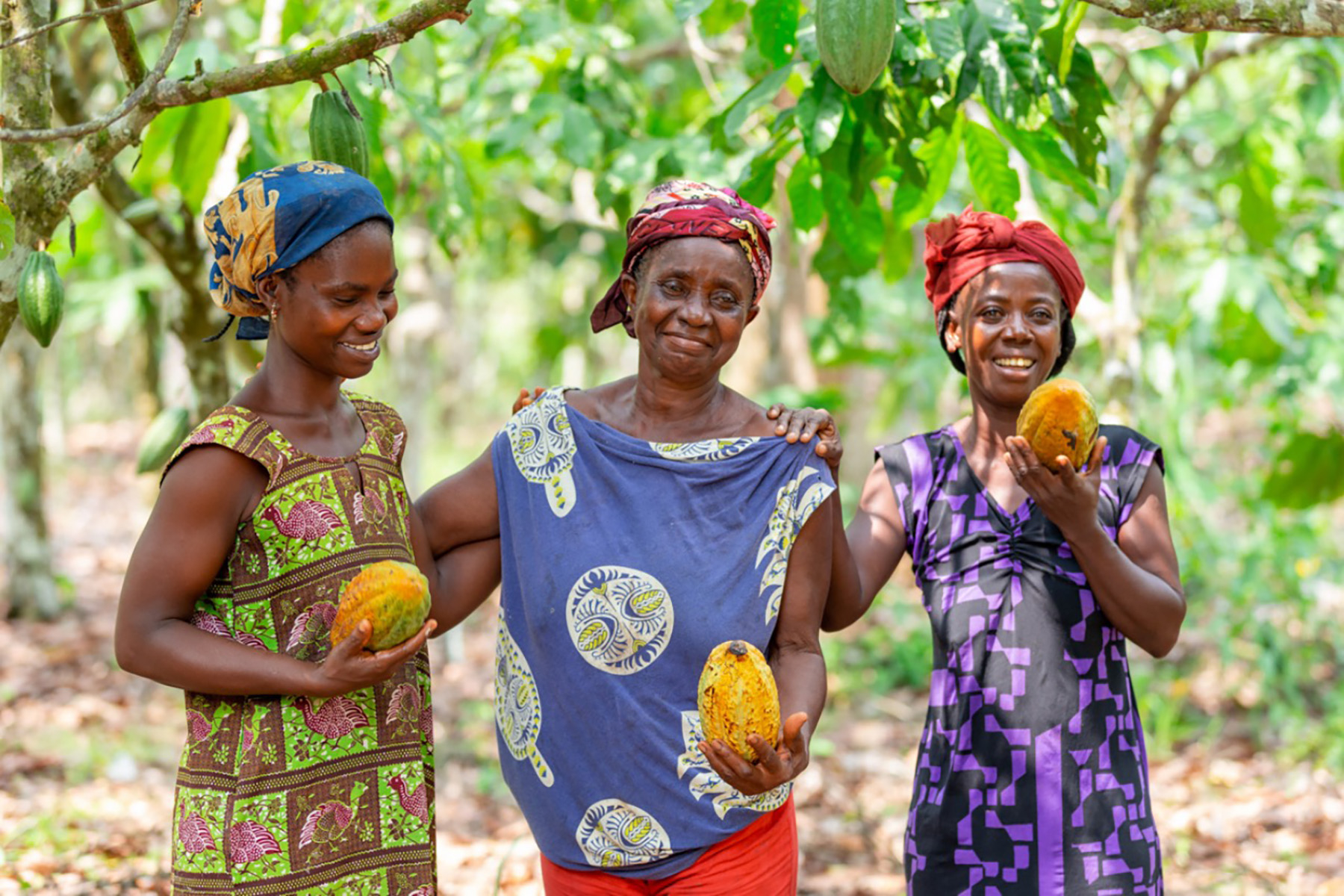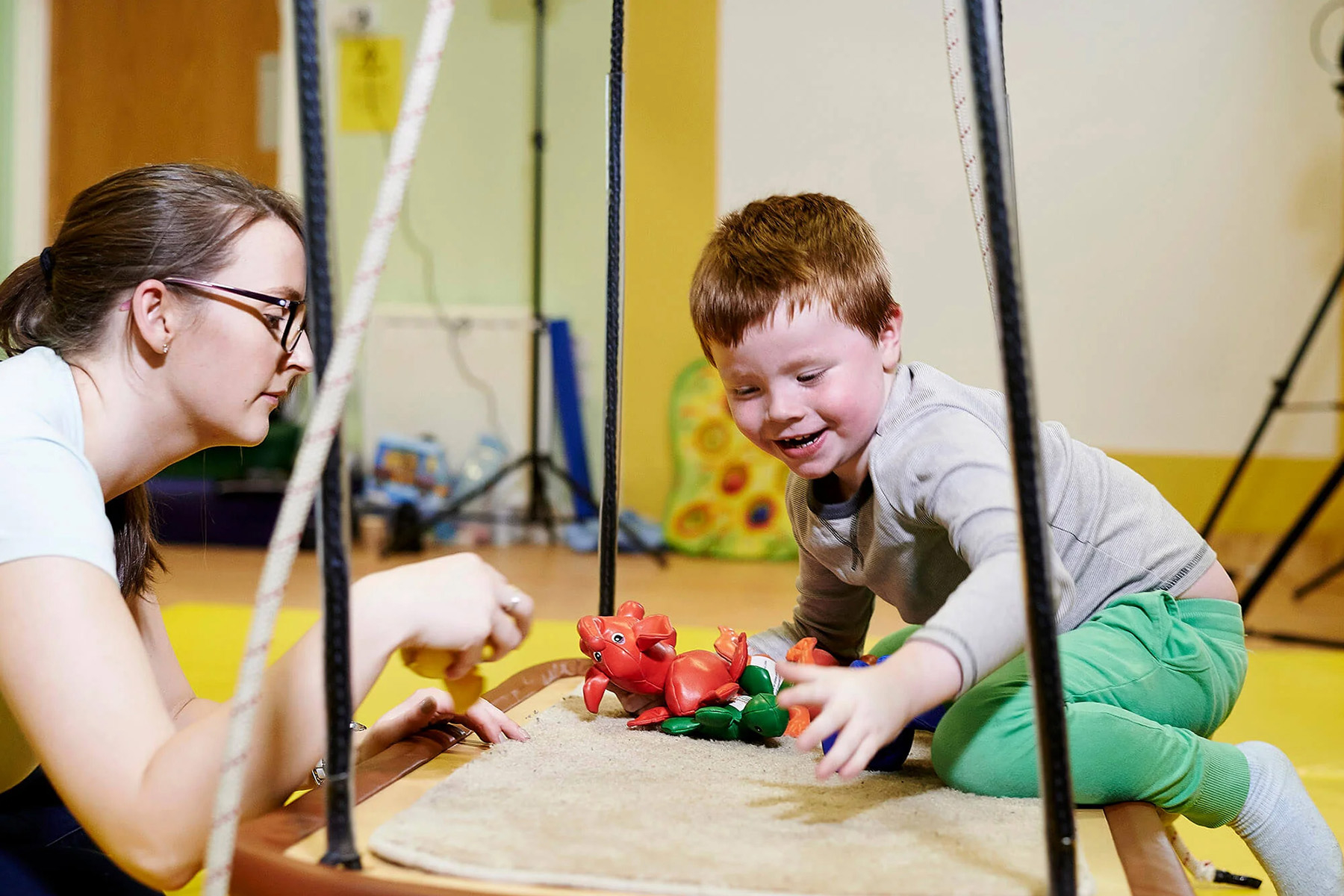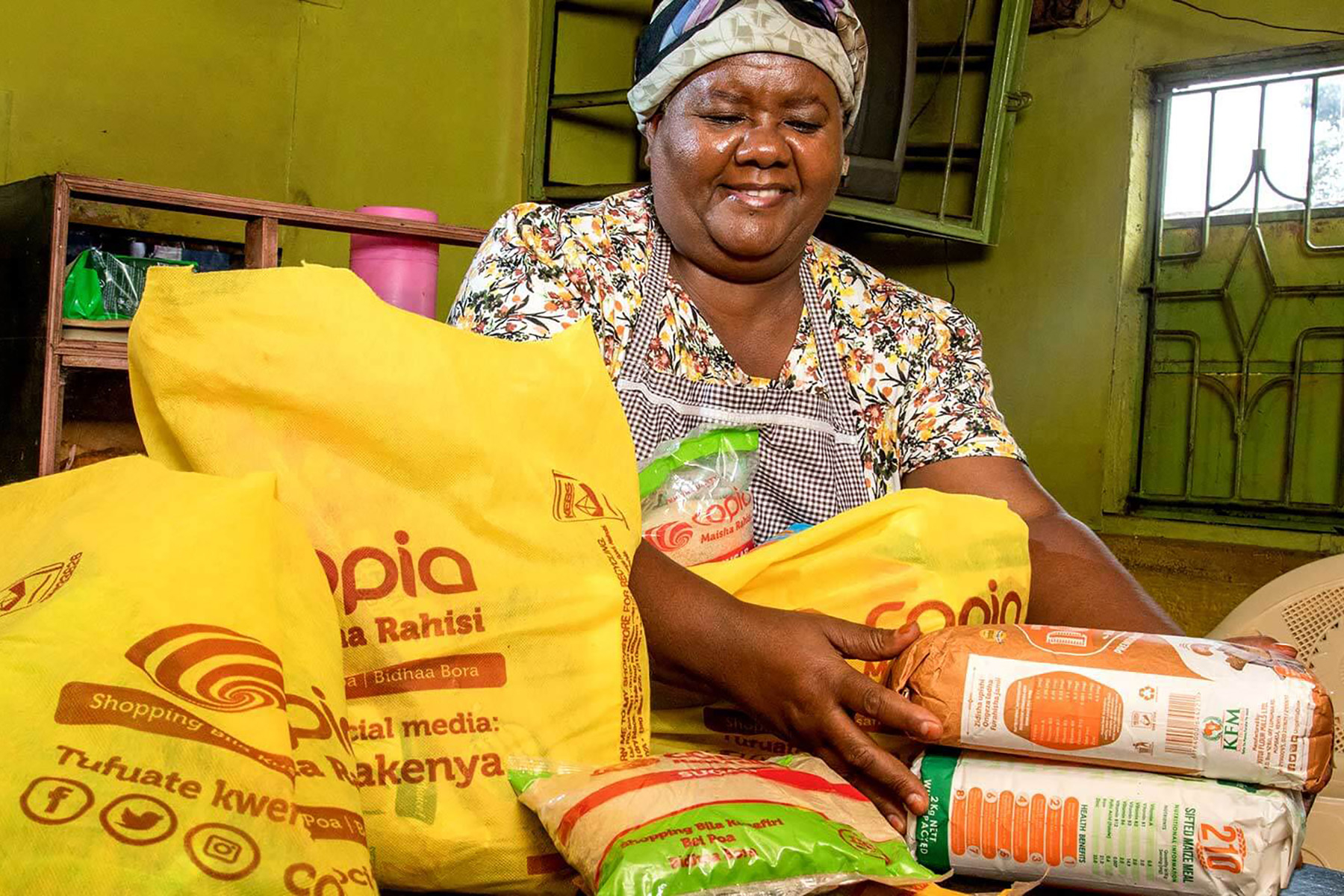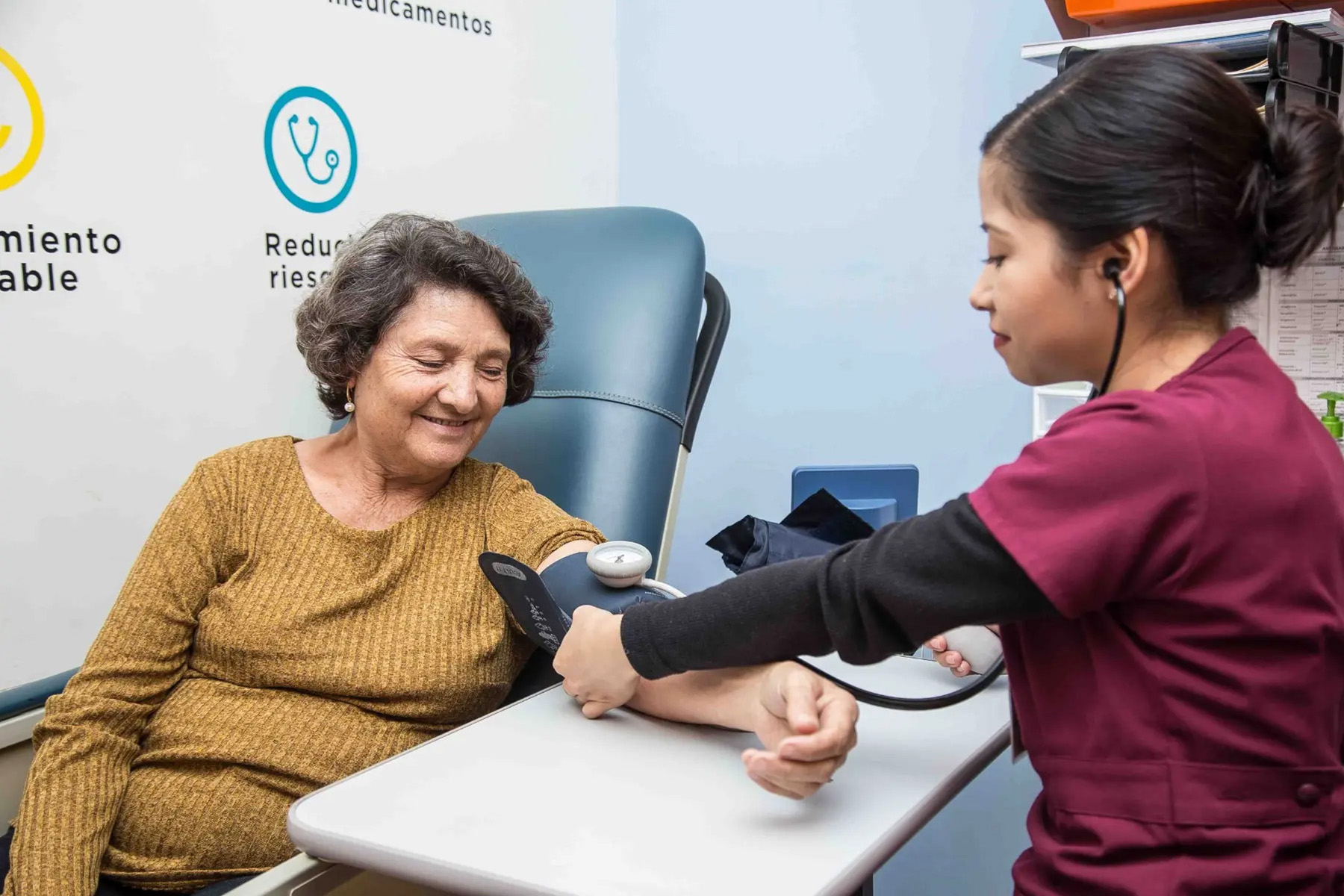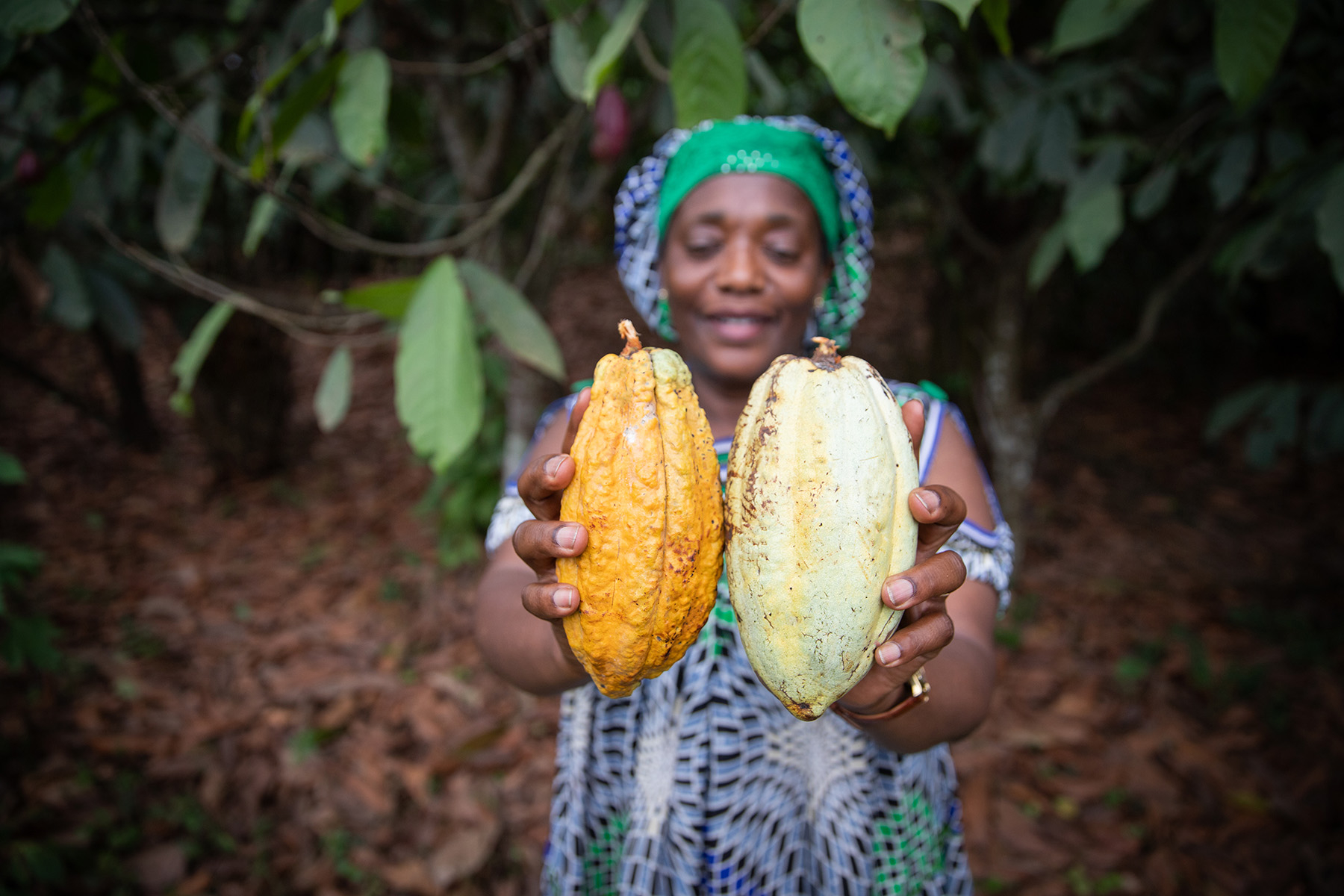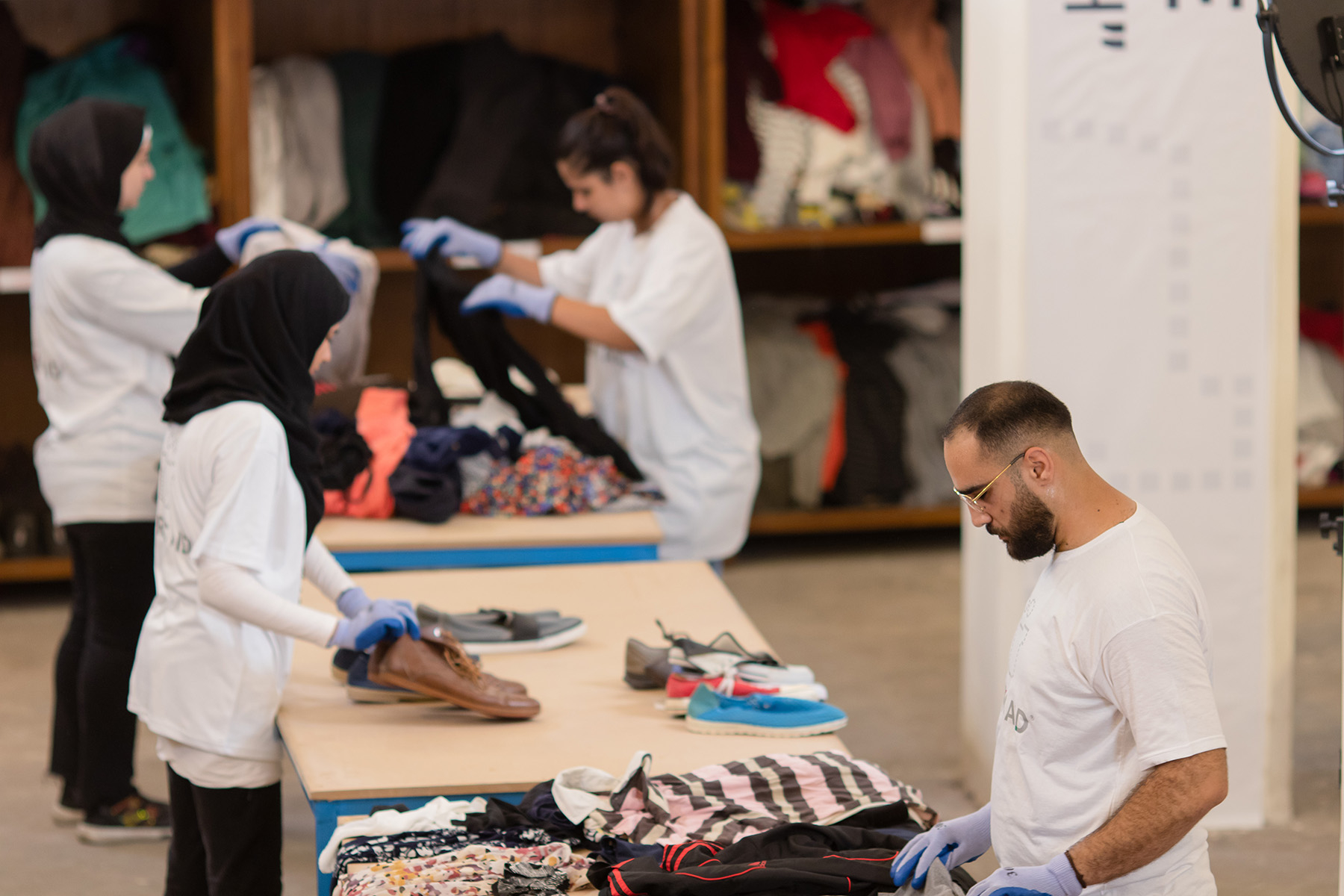Sustainable Cocoa
Catalytic Funding for Climate-smart SME Koa
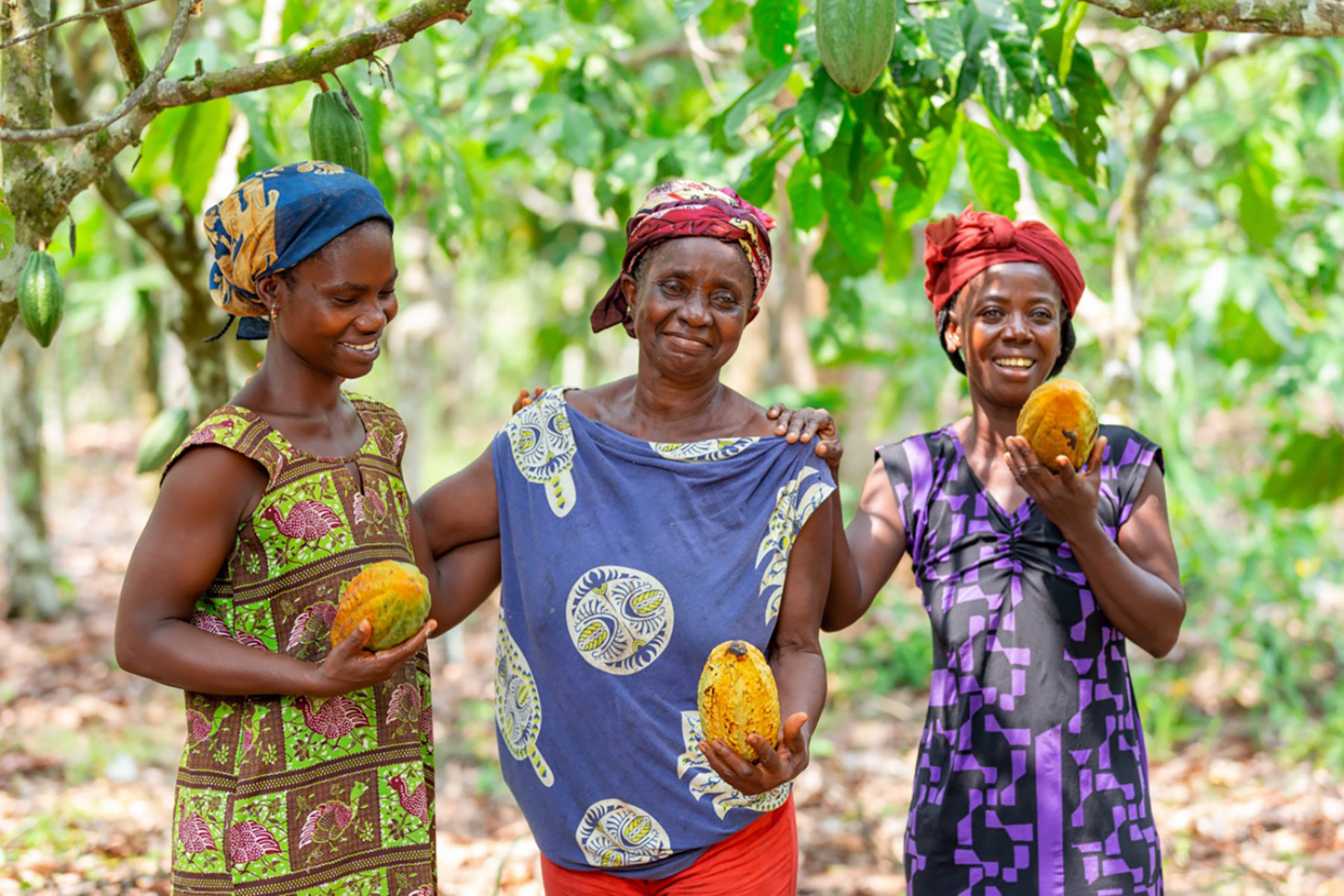
Mission
The Landscape Resilience Fund (LRF) provides funding and technical assistance to climate-smart SMEs in the Global South embedded in a landscape approach that fosters economic development and innovation to enable communities to effectively adapt to climate change.
In 2022, the LRF made its first investment in Ghanaian cocoa innovator, Koa, alongside co- investor IDH Farmfit Fund (IDH FFF). The investment and hands-on support from the LRF will enable Koa to set up a solar-powered processing facility in Ghana, increasing production capacity more than tenfold by 2026 and creating additional income for ~10,000 smallholder farmers.
Why was this investment catalytic?
For every $1 million of funding from the LRF (generated by philanthropic grants), we aim to unlock up to $3 million additional finance from commercial investors, for adaptation-focused SMEs. The LRF’s loan announcement and active engagement in the SME Koa has already catalysed over $7.5 million additional private investment and counting.
Organisation type: Foundation and engaged grant-maker
Financial instruments used: The LRF provided a CHF 2 million loan to Koa, over 5 years. The loan has a lower interest rate in comparison to the Ghanaian standard and has flexible repayment periods.
Final beneficiaries targeted: Children and youth, Minority and ethnic communities, People in poverty, Women, Smallholder farmers (and, indirectly, their households)
Sectors targeted: Agriculture, Employment, Environmental protection, Financial inclusion and access to finance
SDGs targeted: Goal 1: No Poverty, Goal 2: Zero Hunger, Goal 5: Gender Equality, Goal 6: Clean Water and Sanitation, Goal 8: Decent Work and Economic Growth, Goal 9: Industry, Innovation and Infrastructure, Goal 10: Reduced Inequality, Goal 13: Climate Action, Goal 14: Life Below Water, Goal 15: Life on Land
Challenge and solution
Communities least responsible for climate change are today dealing with the intensifying impact of climate risks. Smallholder farmers producing 80% of food in developing countries are the most vulnerable to climate change and biodiversity loss. A critical challenge for the majority of smallholder farmers in West Africa is lacking access to affordable finance or the capacity needed to improve the resilience of their farms.
As the economic backbone of rural landscapes, local SMEs can serve as a cornerstone for effective climate resilience, by supporting smallholder farmers - such as cocoa growers - to adapt their farming practices and provide a secure income through the purchase of products. In response, Koa has unlocked a new decentralised value chain around previously discarded cocoa pulp. By purchasing the pulp from smallholders for juice and juice-related products, Koa increases farmer incomes and improves climate resilience. Koa’s business model:
- increases smallholder farmers’ income by 20-30%
- reduces food waste by 40%
- reduces the environmental impact of cocoa farming by training farmers in sustainable agriculture and post-harvesting processes
Prior to the LRF's investment, the SME was having difficulties accessing debt financing to scale its production capacities on the back of a rapidly growing market for cocoa juice. Private investors were interested in backing Koa with equity investments, but wanted assurances that the company can actually finance the construction of a new factory. At the same time, typical financial institutions deemed Koa's activities in rural areas of Ghana too risky for long-term debt financing.
The LRF was launched in 2021 in response to the clear and urgent need to catalyse private investment in both the agri-SME financing space and climate adaptation. For Koa in particular, the need to improve credibility, alongside a concrete co-investment opportunity from IDH FFF, triggered the LRF to engage with the SME.
LRF’s catalytic role
By providing a letter of intent to provide a loan, the LRF signaled to other investors that Koa was an eligible investment opportunity and helped secure investment from a Family Office in Luxembourg. By reassuring investors, the LRF investment helped Koa to raise an additional €3 million equity within 6 months. In total, the LRF’s active engagement in Koa has so far catalysed €7.5 million in commercial investment and counting.
The hands-on support provided by the LRF team includes a Development Action Plan (DAP), supporting Koa to deliver the highest environmental, social and governance (ESG) standards, including a commitment to promote gender equity at Koa’s management, employee and beneficiary level and assessing its impact in farmers’ livelihoods through the analysis of the living income gap. The LRF team will continue to engage with the management team on the DAP, including through quarterly reports from Koa on the topics outlined in the Plan.
The LRF and IDH FFF together developed an Environmental and Social Action Plan to help Koa manage its ESG risks, which included the creation of an Environmental and Social Management System. Through this, Koa can manage a wide range of E&S topics, such as reinforcing their policy against child labour and deforestation. These types of written documentation help businesses like Koa to manage, monitor and increase impact, as well as improving its credibility and increasing the likelihood of securing additional investment to further scale.
The LRF’s landscape approach provides a unique opportunity for SMEs to build relationships with additional stakeholders. Koa joined a multi-stakeholder platform in Kakum where they currently operate. This enabled Koa to connect with organisations, including the Forestry Commission, to showcase their work and gain additional support within their region, which could reduce barriers when expanding their operations.
LRF’s impact
The LRF delivers impact on three levels. Firstly, as a Fund, it has 5-year targets including increased resilience and strengthened livelihoods of 500,000 people living in landscapes vulnerable to climate change. Other KPIs at the Fund level include area under sustainable land management; area under conservation; amount of carbon reduced, sequestered, or stored; and additional finance mobilised. The second impact targets happen at the SME level, and are specific to each landscape and business. SME- specific indicators help set targets for and measure the SDGs impact generated by each SME. For Koa, specific intended results include: i) increased income from target crop(s) relative to cocoa and ii) reduced gender pay gap. Finally, the third level seeks to monitor the impact occurring in the landscape itself, where the SME is located, in this case, the Kakum Landscape.
Key social impact indicators include:
- Total number of smallholder farmers reached
- Total number of jobs supported full-time equivalent (FTE) *% gender pay gap per salary per quartile (Ghana-specific)
In addition, the total number of farmers that will be trained on sustainable agricultural practices will be tracked, which includes not only the number of farmers trained but also those who are actually implementing the practices and, in turn, how their yield is increasing.
Without the expression of interest and investment from the LRF, Koa would not have obtained the co-investment committed by the IDH FFF. In addition, the expression of interest by the LRF provided credibility and assurances to potential equity investors, including the Luxembourg Family Office. The LRF’s catalytic role has, therefore, enabled Koa to access affordable finance and increase its capacity to deliver impact through the intended outcomes listed above.
Insights and learnings
The collaboration between the LRF and IDH FFF presented as a great strength, given the absolute alignment over intended impact. Investment processes were consistent to ensure the same depth of information was obtained, including the organisation of site visits and coordinating feedback from investment committees. Both teams’ ESG policies were very well aligned and based on the IFC performance standards, with some additional requirements and more applied systems and checks. Overall, whilst the co-investment did require strong coordination, swift and direct communication between both passionate teams resulted in successful collaboration.
A particular challenge related to the stage at which both Funds were established. For the LRF, Koa was its first investment whilst for IDH FFF, Koa was one of their earliest investments. This meant that the LRF was finalising and iteratively improving the investment process in parallel to aligning with an external party. This required a high level of efficiency. Nonetheless, this enabled both parties to be flexible in their approaches to the investment process.
Without investment from the LRF, Koa would not have obtained the co-investment committed by the IDH FFF. Additionally, the investment from the LRF was a critical success factor for Koa allowing the company to find further investors both in 2020 before the actual closing of the LRF investment and in the second half of 2022, when Koa started an ambitious capital raise to finance its next growth plans. Without the LRF investment, Koa would not be able to scale its production and impact at the same pace.
The LRF’s co-investment demonstrates that blended finance can work. The message is clear: investors can profitably invest in ambitious agricultural SMEs with the goal to improve climate resilience, improve sustainable land management and increase the incomes of rural smallholder farmers. For Ghana and the cocoa sector specifically, the LRF’s investment both rewards innovation and demonstrates the capacity for smallholder farmers to increase their income in a no loss solution. As such, the LRF’s catalytic role has supported Koa in its fight against farmer poverty where little alternative opportunities existed before.
To return-seeking investors: Look for suitable, concessionary investors to join you on deals and shelter you from risk
To philanthropies:
- Remodel your way of giving to catalyse return-seeking investment with the majority of your philanthropic money
- Connect with truly impact focused return-seeking investors willing to align on the investment process
Further resources
LRF first SME investment in Koa Impact Ghana (press release)
LRF launch, article by Reuters
LRF launch, article by South Pole
Interview of Urs Dieterich by the GEF
The LRF has big ambitions for impact and collaboration will be essential to achieving this, so please feel free to contact us at: contact(at)landscaperesiliencefund.org
Investors and philanthropic funders interested in supporting this work can contact the Landscape Resilience Fund’s Managing Director Urs Dieterich at u.dieterich(at)landscaperesiliencefund.org to find out more.


